|
Collecting Vintage Militaria
by Bob Brooke
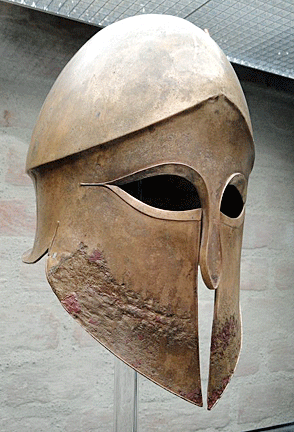 From Greek Corinthian helmets to World
War II flight jackets, the world of militaria, or military antiques and
collectibles is a wide ranging one, including artifacts from all
conflicts in history. Militaria collectors are usually history or war
buffs. And because this category is so large and varied, most often
specialize in one historical period, one nation, or even one war. From Greek Corinthian helmets to World
War II flight jackets, the world of militaria, or military antiques and
collectibles is a wide ranging one, including artifacts from all
conflicts in history. Militaria collectors are usually history or war
buffs. And because this category is so large and varied, most often
specialize in one historical period, one nation, or even one war.
History buffs prize military artifacts, such as helmets, uniforms,
medals, weapons, and even military orders and commendations. Medals,
uniforms, and insignia link to a soldier’s service, sacrifice, and
bravery. And as the number of artifacts diminishes over time, they gain
more than sentimental and historical value.
There are two categories of original owners—the actual owners of the
issued equipment, and those who took it away from its original owners.
Militaria collectors often refer to these as "vet pickups," and these
are generally pieces of enemy equipment, such as German luggers and
Samurai swords.
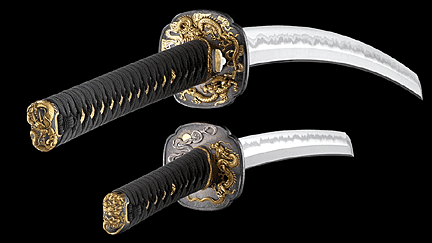
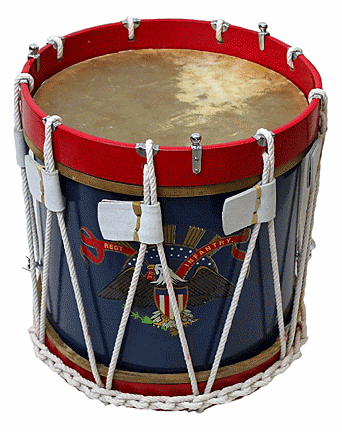 Militaria can be divided into antique military memorabilia—items from
before World War I—and vintage military collectibles from 20th and
21st-century conflicts. What creates this division was the introduction
of mass production of military items which created a surplus of vintage
items. In addition, antique items cost a lot more than vintage ones,
making collecting antique militaria out of range for the average
collector. Militaria can be divided into antique military memorabilia—items from
before World War I—and vintage military collectibles from 20th and
21st-century conflicts. What creates this division was the introduction
of mass production of military items which created a surplus of vintage
items. In addition, antique items cost a lot more than vintage ones,
making collecting antique militaria out of range for the average
collector.
While there are certainly priceless pieces from the World Wars on the
market, the sheer size and scope of the conflicts created a huge
inventory that’s readily available to collectors. For instance, the U.S.
Armed Forces gave World War II Victory Medal to all 16 million members
of the armed forces at the end of the War, making these quite common.
Before investing in militaria, however, it’s imperative that beginning
collectors learn as much as possible about their chosen specialty. And
while creating a general collection can be fun, it will eventually
become unorganized and chaotic. So it’s best to specialize from the
start.
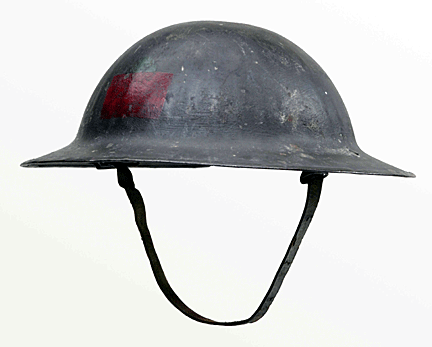 The number of militaria collectors has exploded over the last 10 to 20
years. One of the top reasons for this has been the recent 75th
anniversary of World War II. Many veterans of that war are now passing,
leaving their children to deal with their military items. Plus, the
proliferation of military items on Internet auction and sales sites has
made it easier for collectors to find items to add to their collections.
Finally, the release of documentaries about World War I and II in recent
years that have been shown on PBS and streaming services has brought the
history of the conflicts to the forefront. The number of militaria collectors has exploded over the last 10 to 20
years. One of the top reasons for this has been the recent 75th
anniversary of World War II. Many veterans of that war are now passing,
leaving their children to deal with their military items. Plus, the
proliferation of military items on Internet auction and sales sites has
made it easier for collectors to find items to add to their collections.
Finally, the release of documentaries about World War I and II in recent
years that have been shown on PBS and streaming services has brought the
history of the conflicts to the forefront.
One of the main reasons German military artifacts so popular is that
Allied soldiers brought a large amount of them back from both World
Wars. The lack of standardization of German uniforms and equipment has
created a huge variety for collectors to draw from.
As with other antiques and collectibles, rare items cost more and
popular ones cost over and above their level of scarcity. Good examples
of the latter are German helmets.
What to collect
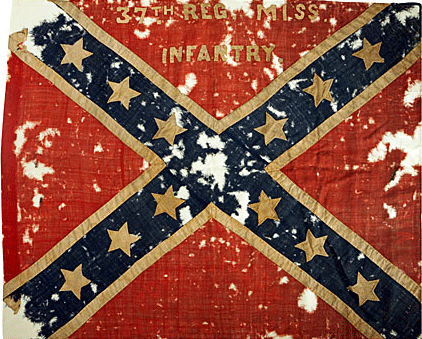 Some novice collectors make the mistake of collecting a little of
everything—uniforms, belt buckles, helmets, medals, flags. Other people
focus on just one type of militaria and collect a variety from various
nations. Yet others collect by nationality, the most popular being
German, American and Japanese, followed closely by British, Russian and
French. Some novice collectors make the mistake of collecting a little of
everything—uniforms, belt buckles, helmets, medals, flags. Other people
focus on just one type of militaria and collect a variety from various
nations. Yet others collect by nationality, the most popular being
German, American and Japanese, followed closely by British, Russian and
French.
The most sought-after pieces of militaria are those that collectors can
trace back to an individual serviceperson. Collectors of militaria love
to know the story of the soldier who owned the piece. Artifacts with
verifiable histories often command premium prices.
Military missions are often well documented in service records.
Searching through national archives and history books allows you to view
the experience from the point of view of those who participated in the
battles. Finding as much information as you can about the person’s
service adds to the item’s significance. Alternatively, if you don’t
know who owned the piece, educating yourself about how the item was used
or the type of soldier that used it adds to its meaning.
Collecting Military Helmets
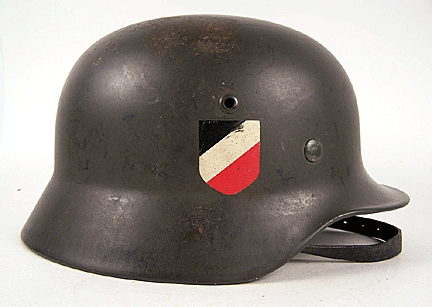 One of the most popular military items to collect are helmets. Designed
to be durable, helmets tend to last much longer and require less care
than other common collectibles. A helmet often symbolized the military
force that wore it, making a soldier recognizable to allies and enemies
alike. One of the most popular military items to collect are helmets. Designed
to be durable, helmets tend to last much longer and require less care
than other common collectibles. A helmet often symbolized the military
force that wore it, making a soldier recognizable to allies and enemies
alike.
While antique helmets from before World War I are most costly to
collect, those from both World Wars are more reasonably priced and more
available. The most popular vintage helmet is the American M1, the
classic domed olive green helmet used during World War II an on through
the Vietnam War.
Collecting Military Medals
Medals are some of the most popular militaria—many medal collectors
would never think of collecting anything else. These honorable awards
represent sacrifice, bravery, and commitment. The medals that typically
go for higher prices are those that can conclusively be linked to the
name of the soldiers who received them. Medals that are inscribed with a
soldier’s name or ID number enable collectors to learn more about the
circumstances surrounding the award. Accompanying certificates add
further value to medals because they provide conclusive evidence that
the medal was awarded to a particular soldier.
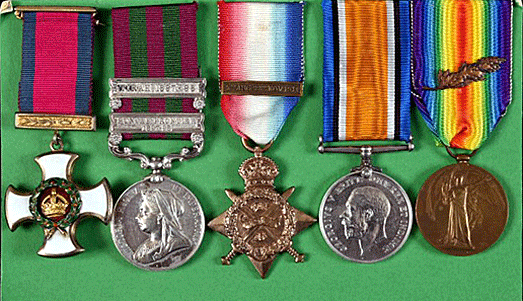
Like all militaria, it’s important to authenticate medals. Reproduction
medals often show small flaws that real medals don’t have.
Similar to military uniforms, a medal’s value is more dependent on who
received it rather than the piece itself. Unlike uniforms, it’s rarely
the fame of the recipient that determines demand, but rather the
backstory behind why they received it. A rare but anonymous medal may
sell for less than a more common one that has a compelling story behind
it.
Collecting Historical Weapons
In the case of weapons, swords, daggers, and guns are all popular.
Swords can increase in value as much as 20 percent annually depending on
demand and what collectors are willing to pay. Beginning collectors
should avoid swords that show signs of filling or filler. And scabbards
should fit snugly around swords. All weapons should show natural signs
of wear and handling. The quality, age, companion sheath, and original
owner all are taken into account when pricing a weapon. Those belonging
to a famous soldier are generally more valuable than ordinary ones.
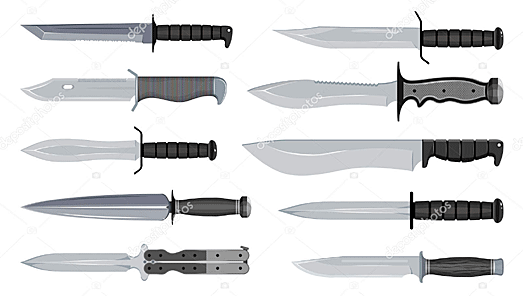
Collecting Military Uniforms
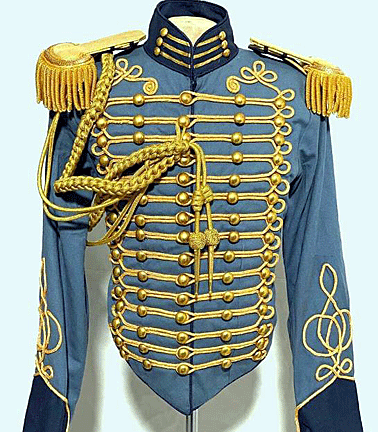 Because soldiers usually wore their dress uniforms home, novice
collectors can easily find them for sale. Soldiers often carefully
stored their uniforms after returning home as remembrances of their
service, so many are also still in excellent condition. When evaluating
uniforms, the insignia and the accessories will help determine the
price. Because soldiers usually wore their dress uniforms home, novice
collectors can easily find them for sale. Soldiers often carefully
stored their uniforms after returning home as remembrances of their
service, so many are also still in excellent condition. When evaluating
uniforms, the insignia and the accessories will help determine the
price.
Uniforms—complete or partial—also make a notable addition to any
military collection.
Authenticating Militaria
Old items of militaria have ways of aging that are difficult to
recreate. And while some people try to recreate aging and do a good job,
artificial aging looks different. The best way to determine if an item
is old is to handle and even smell it. Doing do will help a novice
collector develop a sense of what’s authentic.
The most common reproduction items you will encounter are those made for
living history or re-enactment groups. A typical re-enactor has a
passion for reality and the historical accuracy of their uniforms and
equipment. Thus, these items can often pass for the real thing.
< Back to Collecting Archives
Next Article > |
